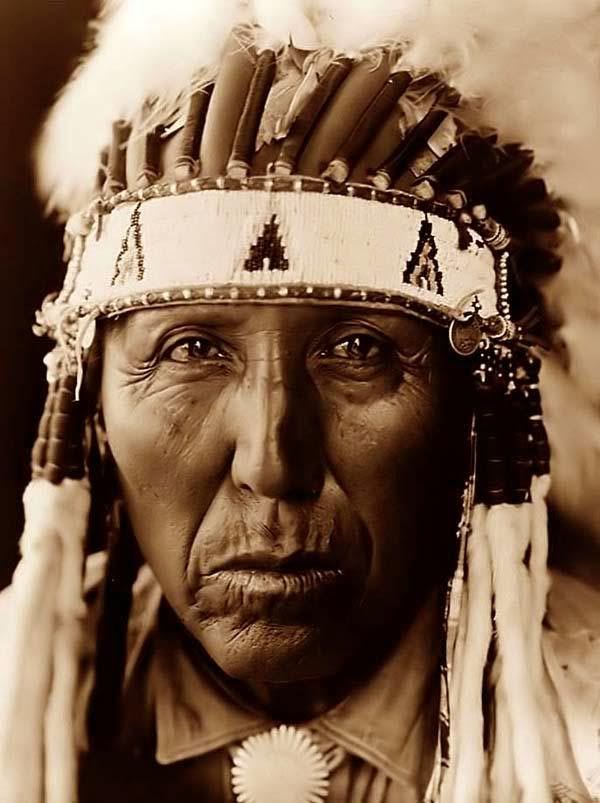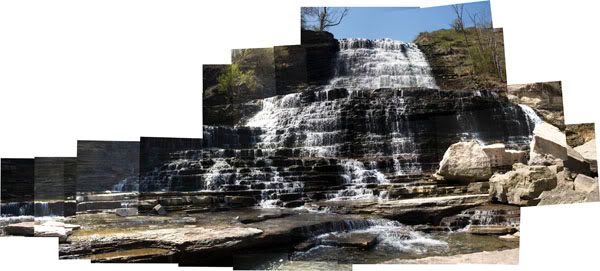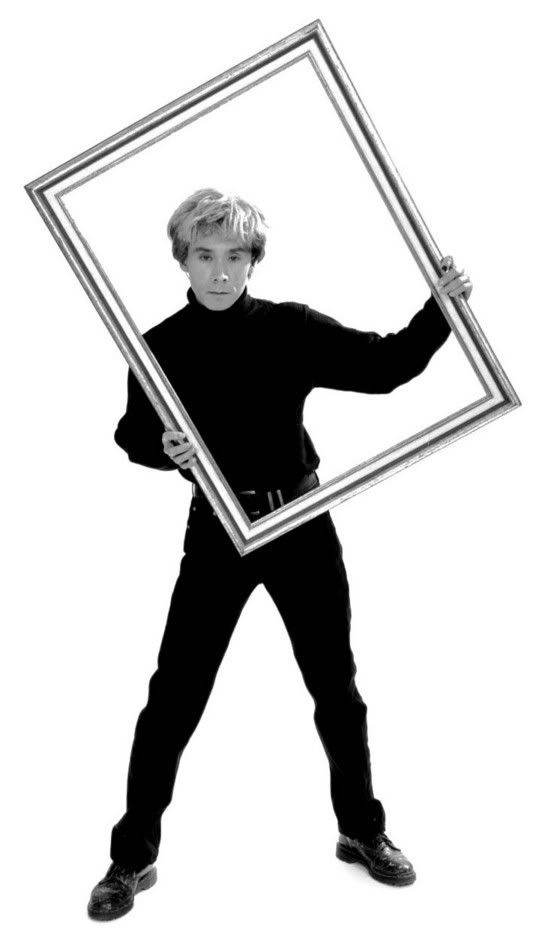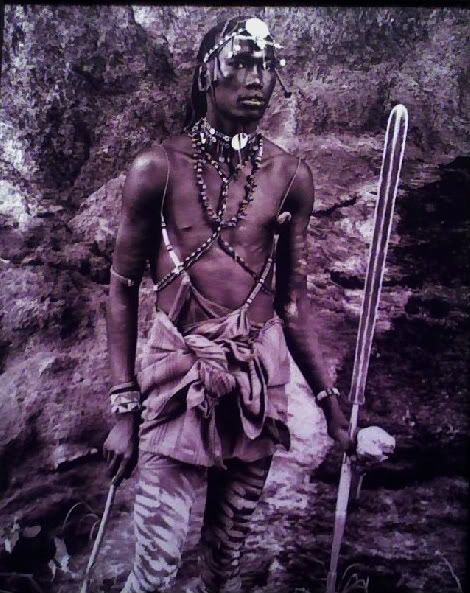

The video on George Easton was very informative and interesting as photography is a hobby of mine, and I find it interesting to see others compositions and strategy. It was neat to learn the history of the father of the photo. I had no knowledge of the George Eastman House until today, and I would love to tour it. I would love to see the Iwo Jima photograph and all the cameras. I will definitely have photography in my project, as it is one of my favorite subjects of art. Very good film, and I liked the presentation and the narrator wasn’t sleepy. Very good history lesson and cinematography, I was engaged throughout the entire film.

Native American Archaeology was a very enlightening vide, as I have known from history the oppression of the Native Americans, but also they were being exterminated, similar to what the Nazis were doing to the Jews. It’s amazing how hypocritical it can be how we remember the Holocaust, but we do not recognize Genocide in our own country, its ironic the Germans are the same way about the Holocaust. I just can’t believe with how much compassion we have for the Jews, we have a lack of compassion for the American Indians. It’s interesting still how much tension and confrontation there still is with Native American Culture. From what I was able to view of the film I think it’s sad that the Indians still get a lack of respect and are still pushed around.


Displaying Modern art is more complicated than I thought, and seems like there is as much planning involved in displaying the work as there is in creating it. I figured there was quite a bit of planning involved in art, but never knew there was this much detail. It makes sense after watching the video how much careful planning there is, and how important the environment is to the art work and vice versa. They should complicate each other. I am not too interested in Modern Art, so I am not planning to I include it in my project. This video was a little dry for me, but I’m not sure how exciting it could possibly be. It was very interesting to see the transition of modern art from being hung on the wall, to coming off the wall.

I learned what Lowbrow art was. I like the fact that it is reactionary to highbrow art, meaning there is no color scheme, organization, or any kind of format followed. Most Lowbrow artists don’t even like the term, because they don’t label their art. It originated from pictures of hot rods and naked or scantily clad women. After watching this video I would like to look into and maybe include some lowbrow works into my project. This was definitely a cool film, and I liked the lack of dryness and inventiveness in the artists and their work. There were a variety of interesting works and I am interested in learning more of this art form.














